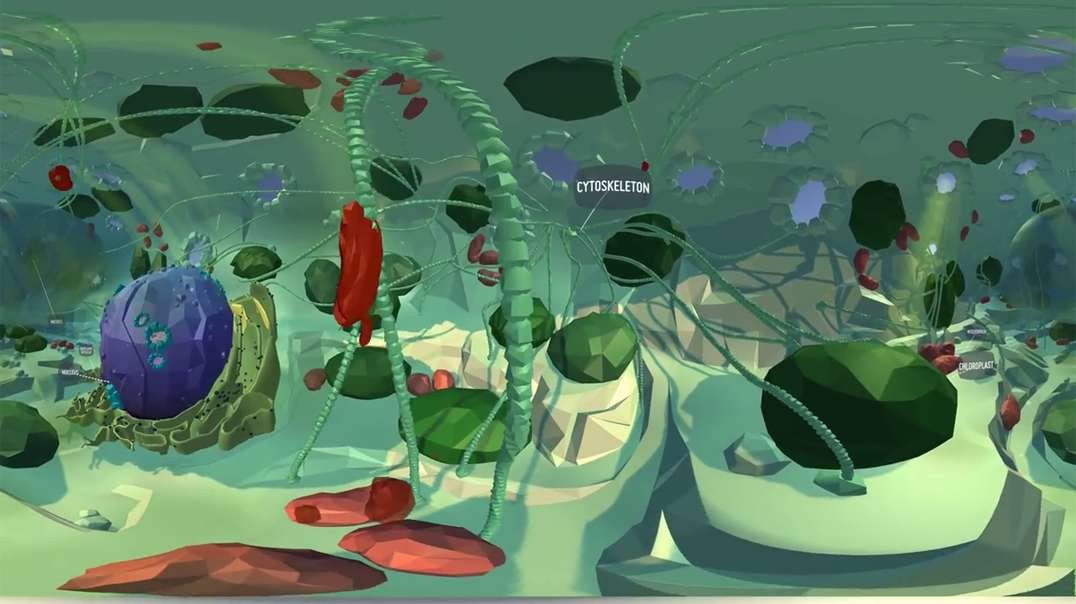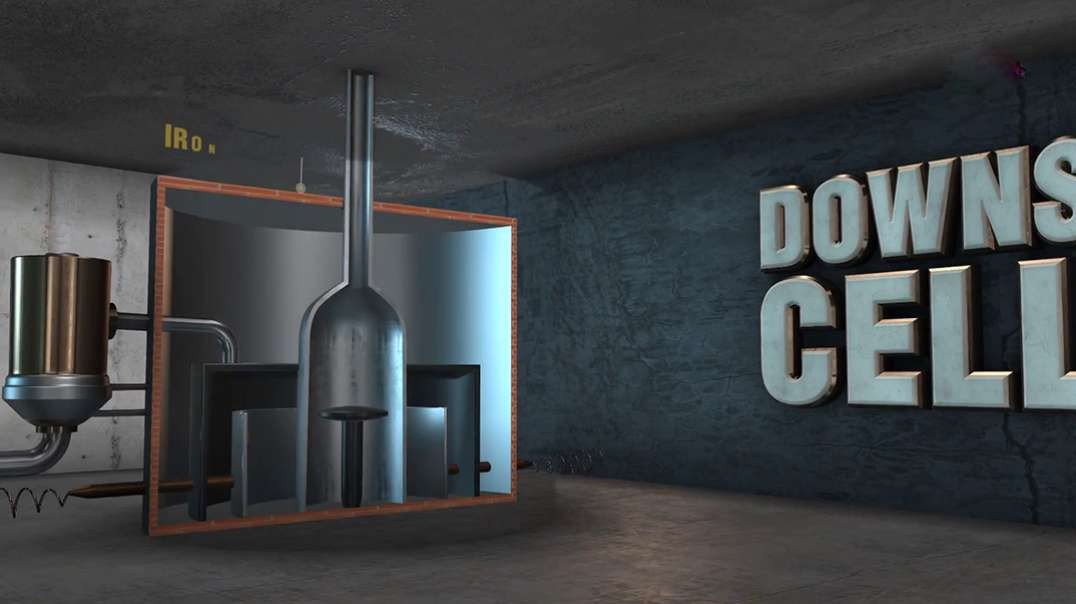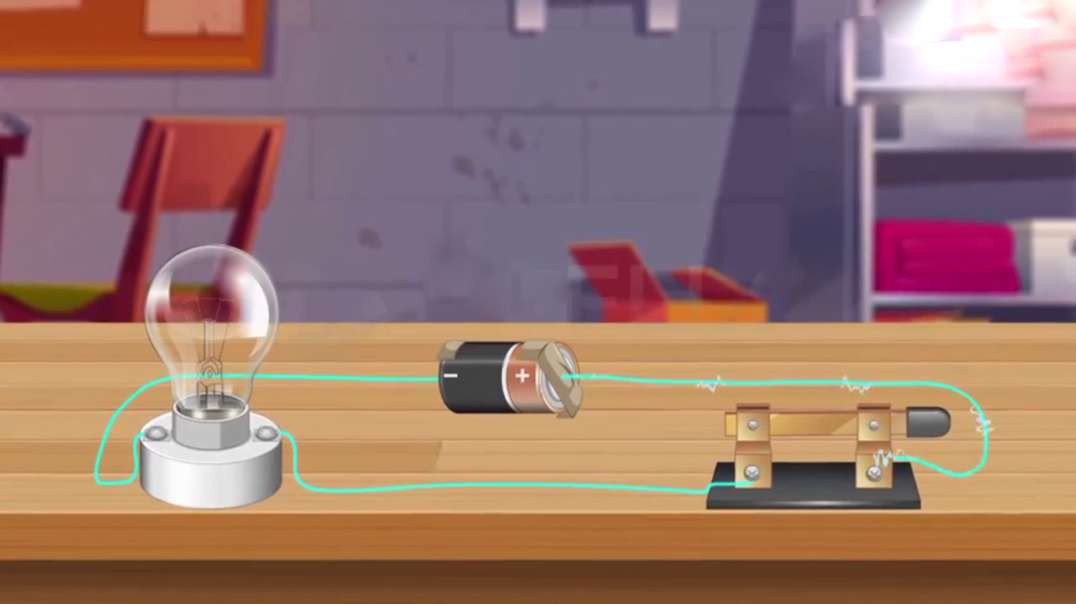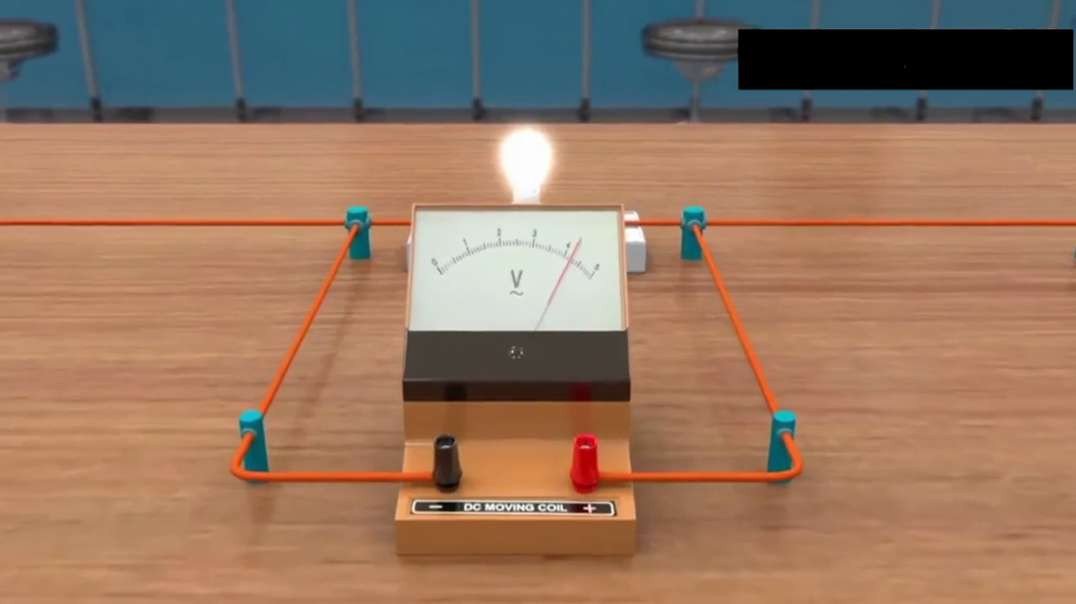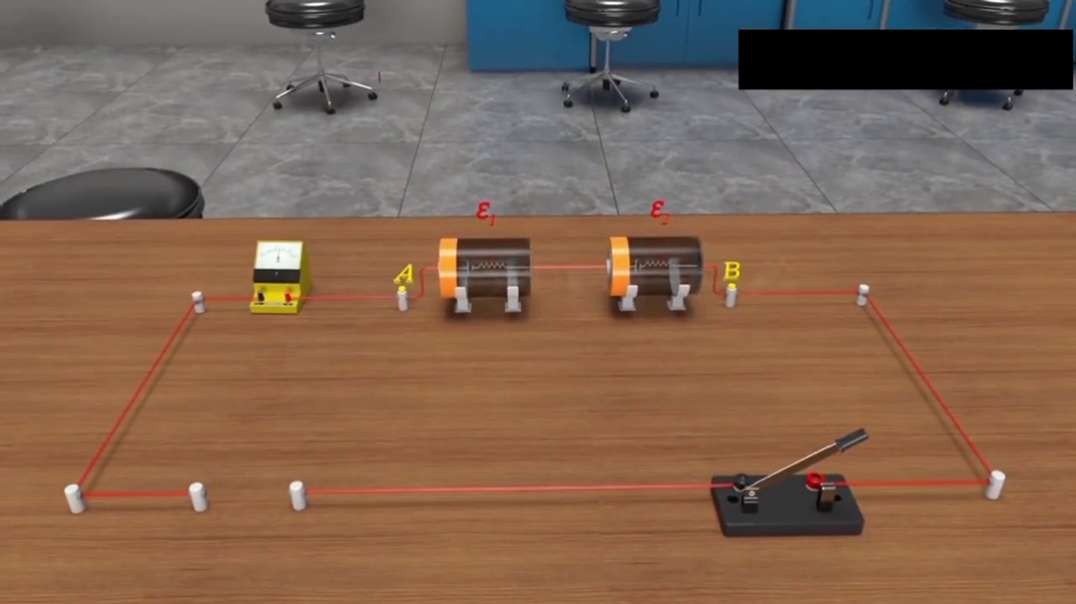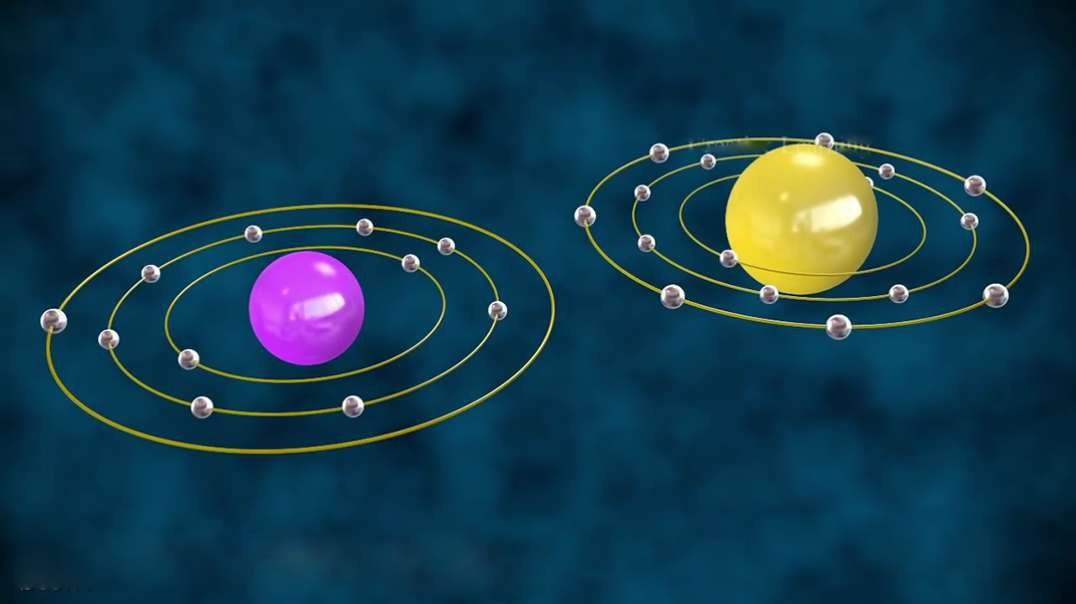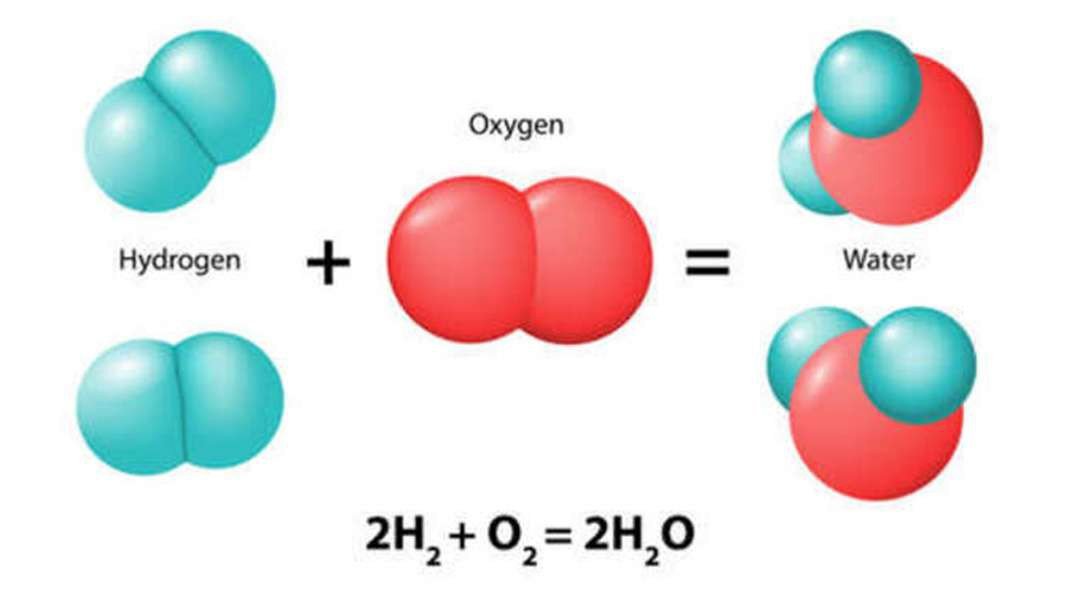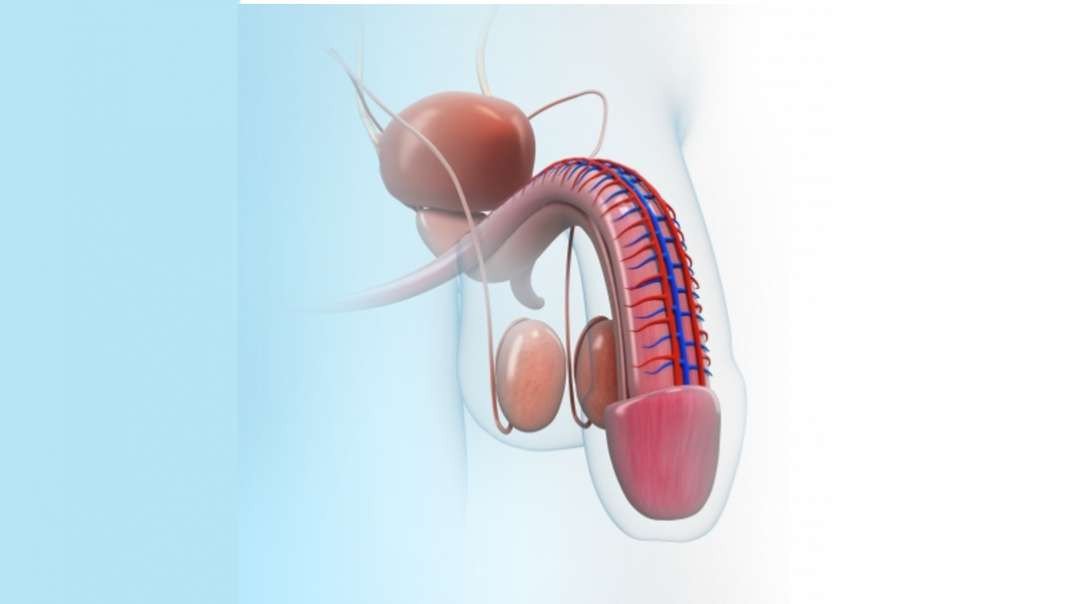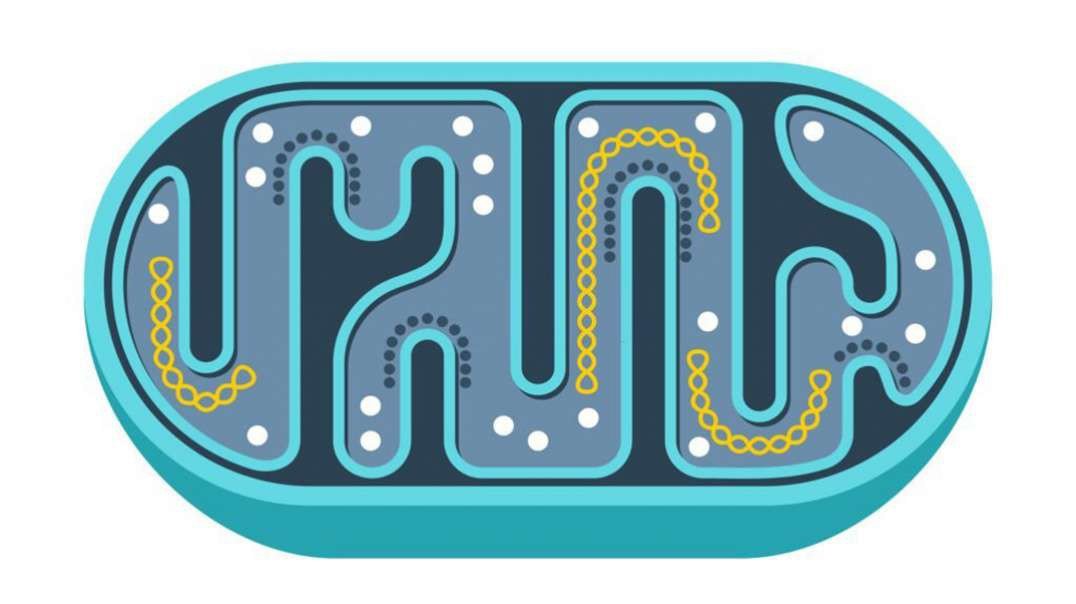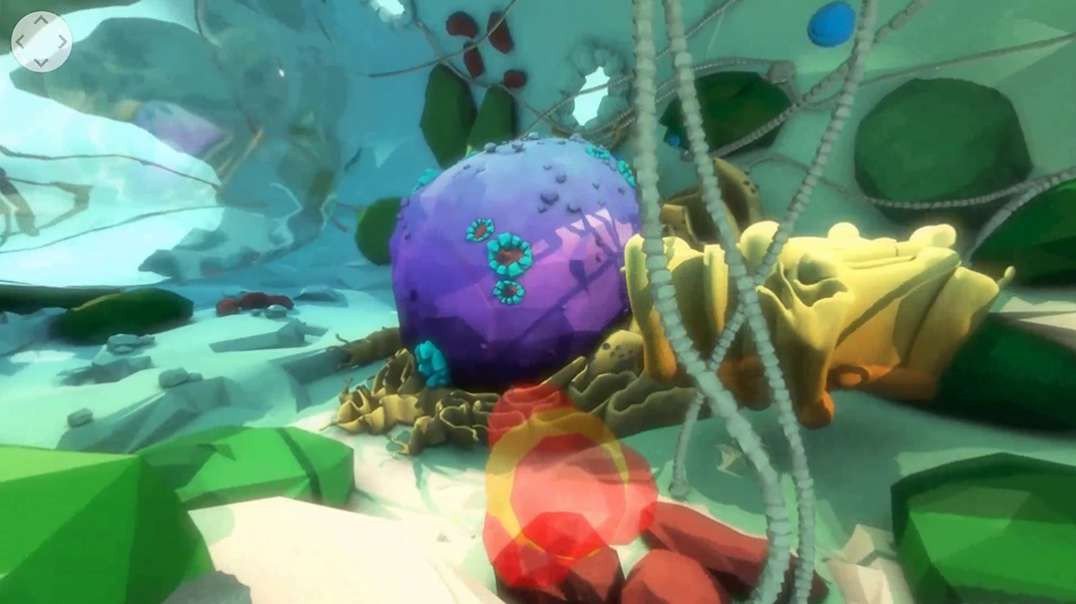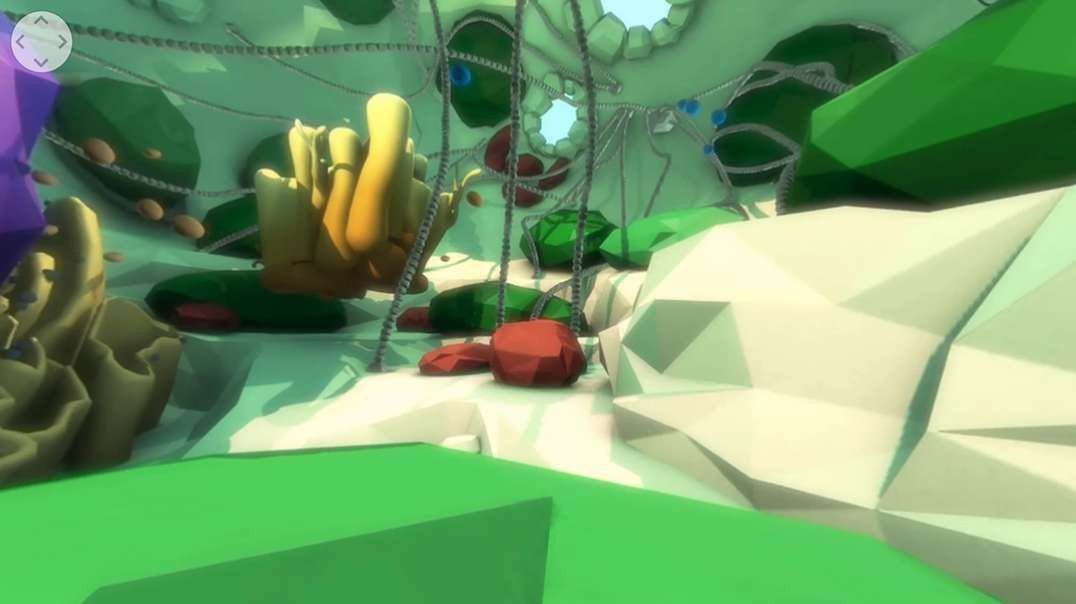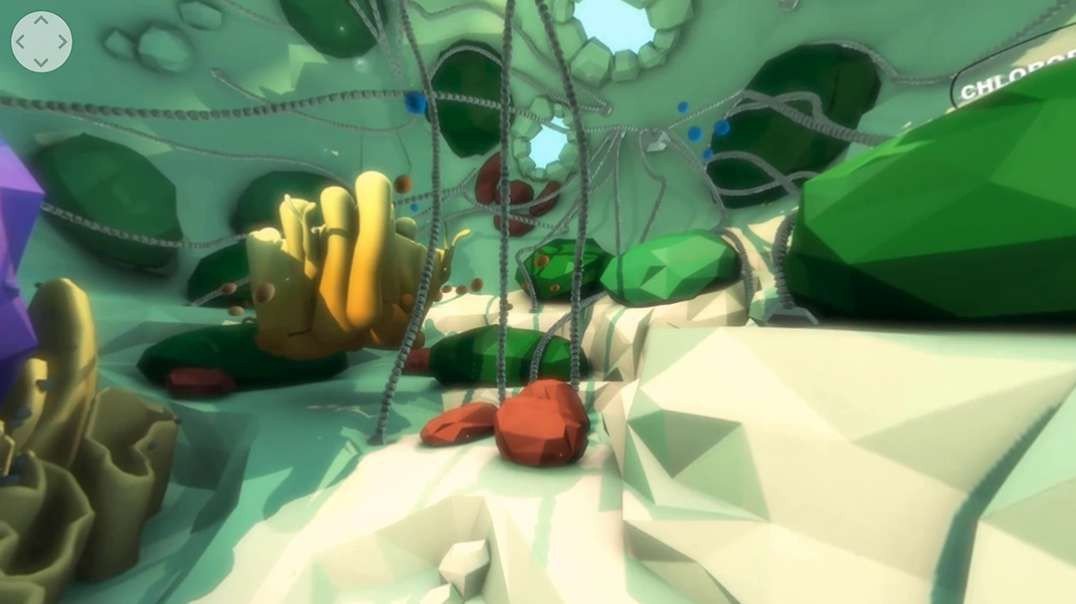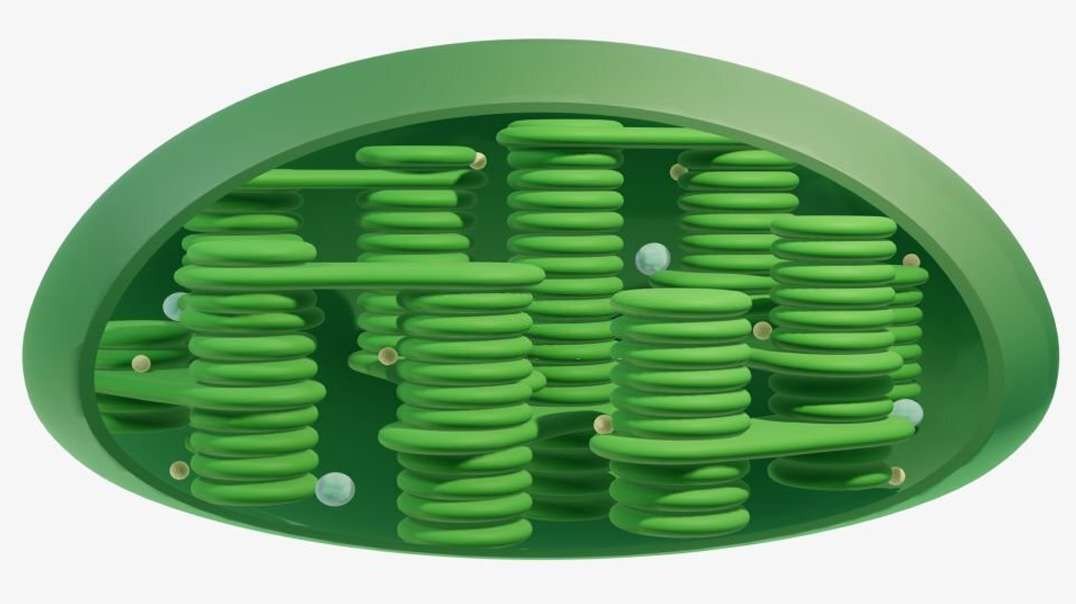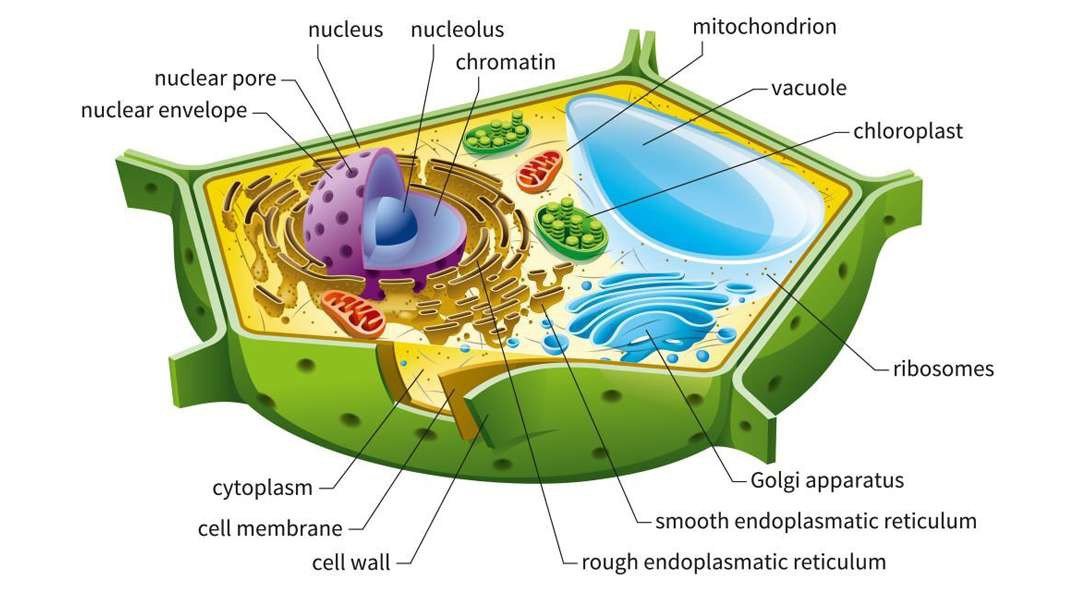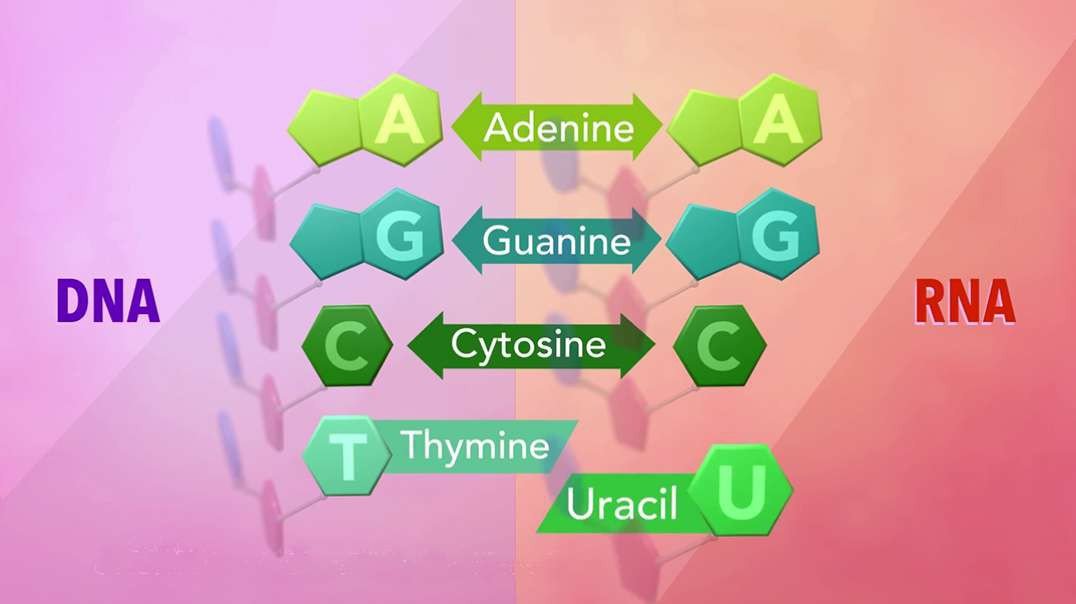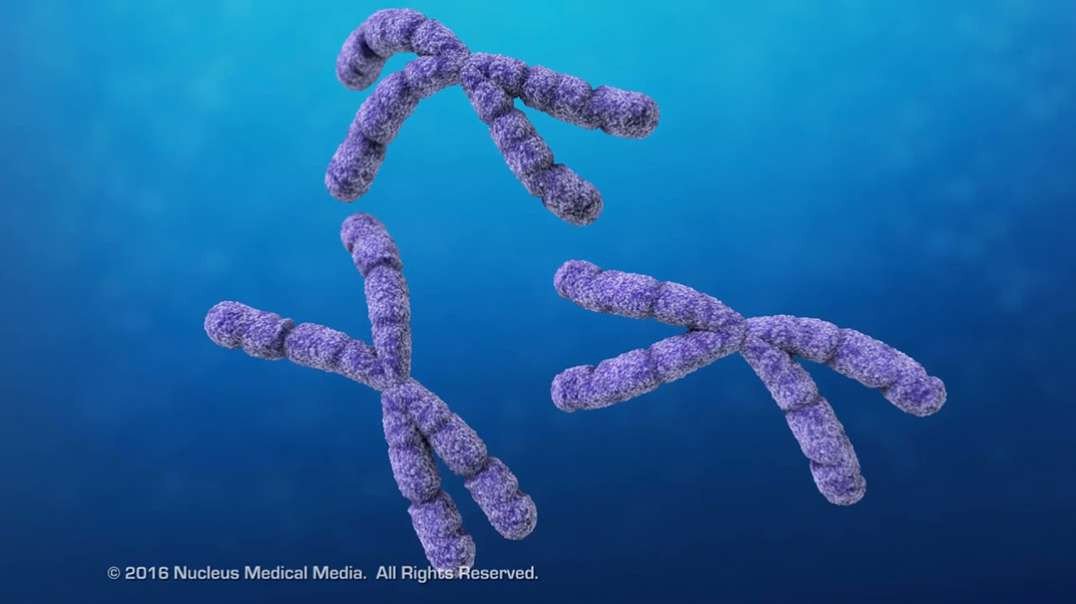
:
Cell Division: Overview
In this lesson, we'll be talking about how cells reproduce. How and why do they do this? Well, they use a process called cell division to make new cells called daughter cells. Unicellular organisms, meaning creatures that consist of just one cell such as bacteria, usually clone themselves during cell division. The two daughter cells that result are separate organisms, in this case, two new genetically identical bacteria. This is a type of asexual reproduction known as binary fission. Cells in a multicellular organism also reproduce by cell division, but the new daughter cells that are produced are not two separate organisms. Instead, these new cells are just parts of the organism, allowing it to grow, or sometimes replacing cells that are worn out or injured. For example, your body heals a paper cut through division of your skin cells, occurring at the edges of the cut. In a modified example of cell division, sex cells called gametes are made. Chromosomes are an important part of cell division. So, what are chromosomes? Let's look inside a cell's nucleus. Here we find the nuclear genetic material known as deoxyribonucleic acid or DNA. Each cell's DNA holds the genetic code or instructions from everything within that organism. Looking through a microscope, you can see that DNA is usually spread out within the nucleus. It looks kind of grainy. We call the DNA Chromatin when it looks like this. Before a cell divides, DNA must replicate or copy itself so that the information in this code can be passed on to each daughter cell. At the beginning of cell division, DNA condenses tightly into an x-shaped structure known as a chromosome. Each side of an x-shape chromosome is a genetically identical sister chromatid, forming a sideways v-shape. In the middle, a structure called a centromere, joins the sister chromatids together. Different types of organisms have different numbers of chromosomes. Every cell in your body is called a somatic cell, except your gametes. Human somatic cells have 23 pairs of chromosomes, for a total of 46. It's like the difference between how many pairs of shoes you have versus your total number of shoes. Gametes are the exceptions to this rule. Human eggs and sperm have only one chromosome from each pair, for a total of 23. And unlike somatic cells, gametes are not genetically identical to their parent cells. When a sperm cell fertilizes an egg, they both contribute their 23 chromosomes. This fused cell, called a zygote, now has 23 pairs of chromosomes for a total of 46. This overview of cell division will help prepare you for studying the cell cycle, which is the life cycle of the cell.
